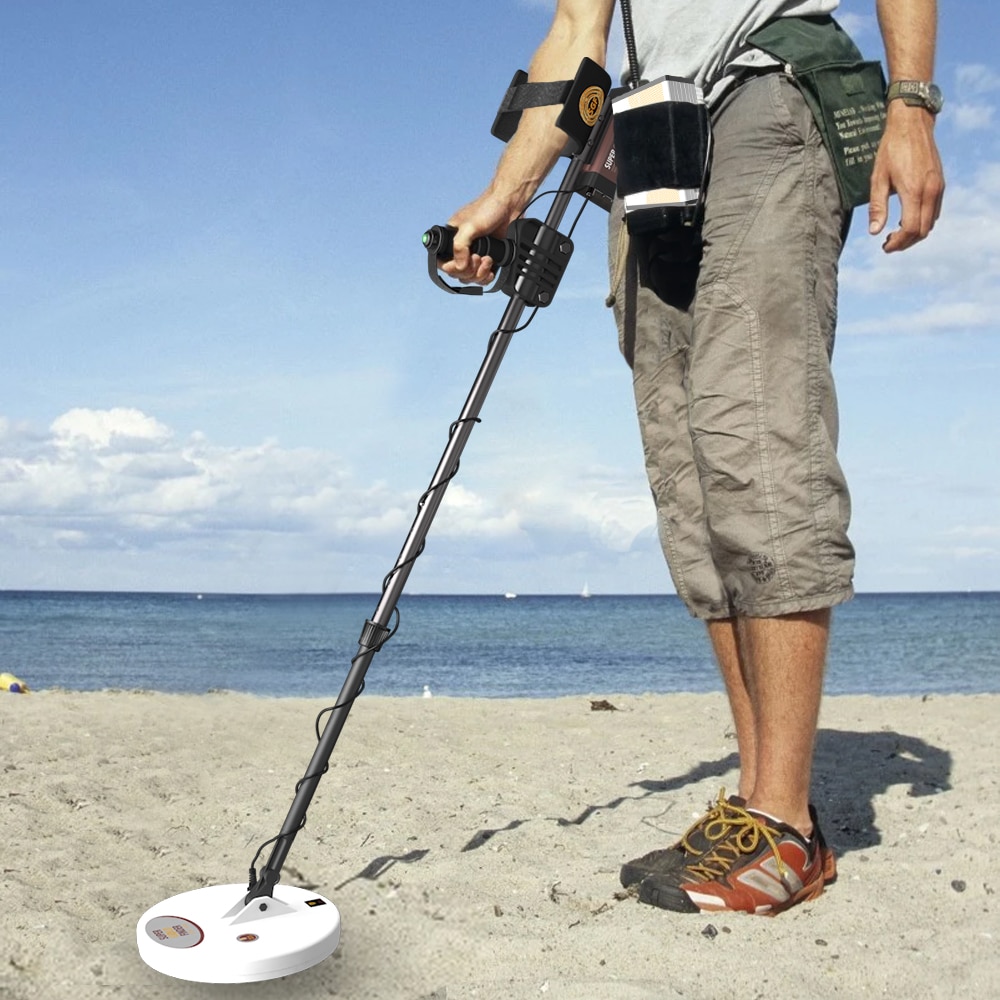An automated system to kit and package medical devices has revolutionized the healthcare industry with its efficiency and precision. This system utilizes three different types of feeders along with the Pack 403 flow, streamlining the packaging process and ensuring the safety and accuracy of medical device shipments. In this article, we will explore the capabilities and benefits of Automated Packaging Systems, particularly in the context of medical device packaging.
Automated Packaging Systems (APS) have gained widespread recognition for their ability to optimize packaging operations across various industries. By incorporating advanced technology and innovative design, APS has transformed traditional packaging processes into streamlined, automated systems that offer increased productivity, reduced labor costs, and enhanced product protection. One such application of APS is in the medical device packaging sector.
Medical devices play a crucial role in modern healthcare, ranging from surgical instruments to diagnostic tools. Ensuring the safe and efficient packaging of these devices is of utmost importance, as any mishap can have grave consequences for patients and healthcare providers. This is where APS steps in, providing a reliable and efficient solution to kit and package medical devices with utmost precision.
The Automated System for Medical Device Packaging incorporates three different types of feeders, each with its specific purpose and functionality. These feeders work in conjunction with the Pack 403 flow, a versatile and robust packaging machine that can handle a wide range of medical devices. Let’s delve into each feeder and its role in the overall packaging process.
The first feeder is the vibratory bowl feeder, which uses vibrations to orient and feed small parts such as screws, washers, and nuts. This feeder ensures that the components are properly aligned before being transferred to the packaging machine. The vibratory bowl feeder enables high-speed feeding while minimizing the risk of jams or misalignment, ensuring the smooth flow of parts throughout the packaging process.
The second feeder is the belt conveyor feeder, designed to handle larger or irregularly shaped components. This feeder transports the medical devices from one point to another, providing a continuous flow of products to the packaging machine. Its adjustable speed and flexibility allow for seamless integration into the automated system, accommodating various sizes and configurations of medical devices.
The third feeder is the gravity feeder, primarily used for delicate or sensitive medical devices. This feeder relies on gravity to move the devices along a gentle slope, minimizing the risk of damage or impact during the feeding process. The gravity feeder ensures the safe handling of fragile components and guarantees the integrity of the packaged medical devices.
The integration of these three feeders with the Pack 403 flow enables a comprehensive and efficient packaging process. The Pack 403 flow is a state-of-the-art machine that provides precise and consistent packaging results. Its advanced features include automatic film tracking, adjustable height control, and real-time monitoring of packaging parameters. With the Pack 403 flow, medical devices are packaged securely, ensuring their integrity during transportation and storage.
The benefits of utilizing APS for medical device packaging are numerous. Firstly, the automated system significantly reduces labor costs and increases productivity. With the incorporation of multiple feeders and the Pack 403 flow, the packaging process becomes faster and more efficient, allowing for a higher volume of medical devices to be packaged within a shorter timeframe.
Secondly, APS ensures the accuracy and consistency of the packaging process. The automated system eliminates human errors and variations, guaranteeing that each medical device is packaged according to the predefined standards. This reduces the risk of product recalls and enhances overall patient safety.
Moreover, APS provides a high level of product protection. The Pack 403 flow, in combination with the feeders, ensures that medical devices are packaged securely, protecting them from damage, contamination, or any external factors that may compromise their quality. This ultimately enhances the reliability and trustworthiness of the medical device brand.
In conclusion, the integration of Automated Packaging Systems into the medical device packaging industry has revolutionized the way medical devices are kit and packaged. The three feeder types, vibratory bowl feeder, belt conveyor feeder, and gravity feeder, along with the Pack 403 flow, offer an automated, efficient, and precise solution to ensure the safe and accurate packaging of medical devices. APS significantly reduces labor costs, increases productivity, and enhances product protection, making it a game-changer in the healthcare industry. With this advanced technology, medical device manufacturers can achieve a higher level of efficiency, quality, and reliability in their packaging operations.
Automatic Packing Line
“Streamlining Medical Device Packaging with Advanced Automated Systems: Enhancing Efficiency and Convenience”

